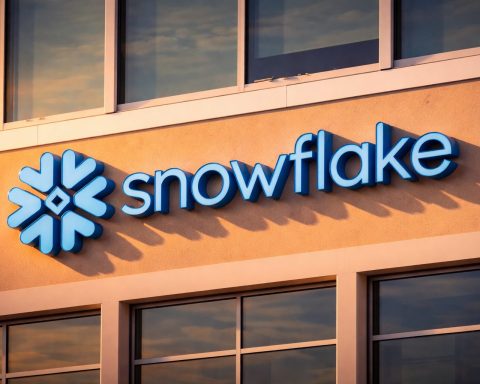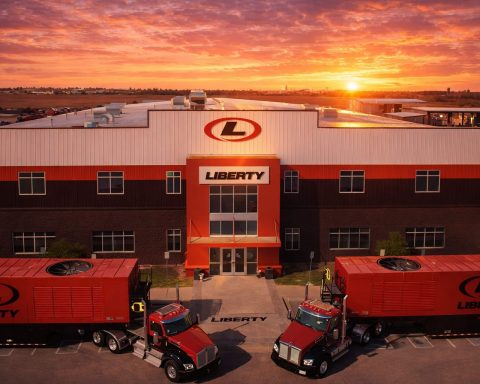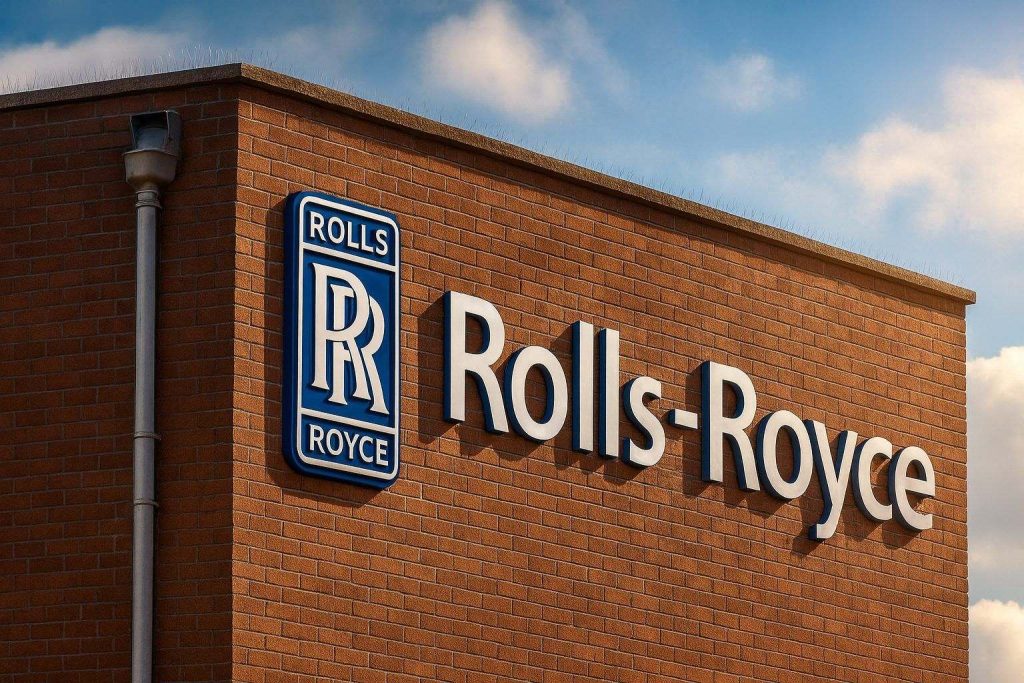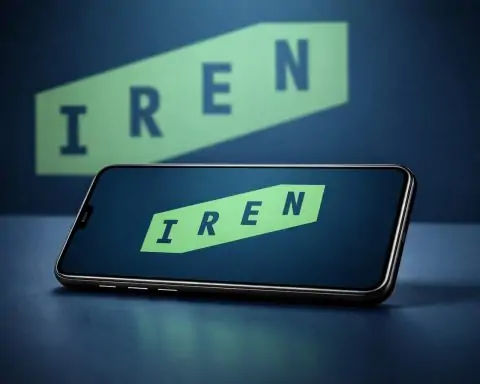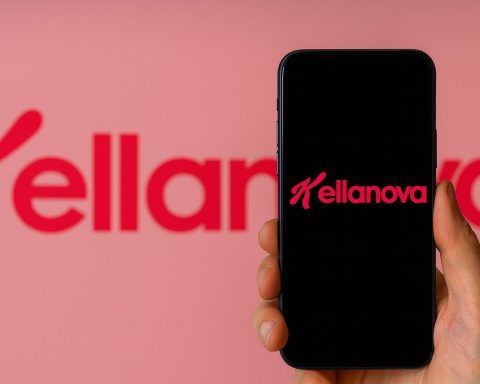Glencore plc (LSE: GLEN) is back in the spotlight today as investors digest a trio of developments: ongoing political fallout from its A$600 million Australian smelter bailout, fresh noise from China over copper treatment charges, and a new strategic bet on a fast‑growing Chinese aluminium producer. All of this lands against a backdrop of robust share buybacks and a share price grinding higher.
Glencore (GLEN) share price snapshot – 26 November 2025
By mid‑morning in London, Glencore shares were trading around 348–349p, modestly higher on the day:
- Glencore’s own website shows 348.65p on the LSE at 10:30 GMT, up 2.10p on the session. [1]
- London South East’s shareprices.com quotes 349.00p at 10:39:36, up 2.45p (+0.71%) versus Tuesday’s close of 346.55p. [2]
Trading has been active, with more than 6.3 million shares changing hands by that time and a day’s range of 346.15p–351.65p already printed. [3]
Over the past month, GLEN has drifted lower from the mid‑360s but remains well above its 52‑week low of 205p and below the recent high near 397p. [4]
Glencore is also continuing its 2025–2026 share buy‑back programme, authorised to repurchase up to about 1.81 billion shares, with tens of millions already bought and held in treasury, signalling management’s focus on capital returns. [5]
Australian smelter bailouts: Glencore in the middle of a policy storm
One of the big narrative drivers around Glencore right now is the A$600 million rescue package for its copper smelting operations in Queensland:
- In early October, Australia announced a A$600 million (US$395 million) bailout over three years to keep Glencore’s Mount Isa copper smelter and Townsville refinery open, framed as a move to secure critical mineral supply chains. [6]
- Reporting from ABC News described the facilities as loss‑making assets propped up with taxpayer funds to preserve regional jobs and domestic processing capacity. [7]
That bailout is now firmly part of the political conversation in Australia, and Glencore is the case study everyone is using:
- A column on MacroBusiness today asks “What price Australian smelters?”, noting that major global players including Trafigura, Glencore and Rio Tinto are all negotiating how much additional financial support governments will provide to keep ageing smelters alive. [8]
- The author points out that China’s huge build‑out of refining and smelting capacity has crushed margins elsewhere, making it cheaper for miners to ship concentrate to China instead of refining at home – which is exactly why plants like Glencore’s Mount Isa have become dependent on subsidies. [9]
Australian media and commentators are now asking big structural questions:
- Should governments keep writing cheques to keep legacy smelters running, or tackle high energy costs and grid reform instead? [10]
- How long can Glencore justify running loss‑making assets, even with bailouts, if power prices stay high and global overcapacity persists? [11]
For Glencore, the optics cut both ways:
- On one hand, the bailout secures three more years of operation, protecting supply chains and local jobs – politically valuable, and helpful for Glencore’s marketing arm. [12]
- On the other, it underscores reliance on state support and leaves the company exposed to criticism about “corporate welfare” and climate policy inconsistencies. [13]
China “firmly opposes” negative copper TC/RCs – and Glencore is name‑checked
Today’s copper market headlines come from Shanghai, where Chinese smelters have taken aim at zero or negative treatment and refining charges (TC/RCs) – the fees paid for processing copper concentrate into metal.
A report from The Edge Malaysia summarises comments from the China Nonferrous Metals Industry Association (CNIA):
- CNIA says it “firmly opposes” zero or negative processing fees and urges the global industry to confront a “structural contradiction” in copper pricing. [14]
- Spot TC/RCs have fallen as low as minus US$60 per tonne this year, an unprecedented situation driven by constrained mine supply and a surge in smelting capacity, especially in China. [15]
The same article points to the global fallout – and again, Glencore features as a key example:
- Japan’s JX Advanced Metals has announced significant output cuts, while Glencore received a government bailout to keep its Mount Isa smelter and refinery operating for another three years, underlining how low processing fees are destabilising non‑Chinese smelters. [16]
For investors, the signal is clear:
- The structural squeeze in smelting margins is not just a one‑off; it’s driving political interventions (like Australia’s bailout) and may keep pressure on Glencore’s industrial earnings, especially in copper, even as benchmark copper prices remain strong.
New China aluminium bet: Glencore backs Chuangxin’s HK$5.5 billion IPO
Not all of today’s Glencore news is about bailouts and pressure points. There’s also a growth‑and‑optionality story emerging in aluminium.
Mining.com.au reports that Chuangxin Industries Holdings (HKG:2788) has just completed its Hong Kong Stock Exchange debut, raising around HK$5.5 billion (US$1.09 billion) at HK$10.99 per share. [17]
Crucially for Glencore:
- The IPO attracted heavyweight cornerstone investors – including Hillhouse, China Hongqiao, Glencore and Mercuria – who together took roughly US$351 million of stock, close to half the deal. [18]
- Chuangxin closed its first traded session at HK$14.59, up 32.8%, underscoring strong market appetite for low‑carbon, vertically integrated aluminium plays tied to electrification and renewables. [19]
Chuangxin operates integrated alumina and electrolytic aluminium capacity in China, with high self‑sufficiency in both alumina (about 84%) and electricity (about 88%), which underpins its cost position. [20]
For Glencore, being a cornerstone investor in this IPO offers:
- Strategic exposure to Chinese aluminium growth, a key input for EVs, grid infrastructure and lightweight transport.
- A potential trading and offtake angle, aligning with Glencore’s core strength in marketing metals.
- A signal to the market that Glencore is willing to deploy capital selectively into high‑growth parts of the energy transition value chain, even as it faces pressure to wind down coal.
South African petition targets “capital flight” – and cites Glencore’s coal margins
While capital markets digest Glencore’s China moves, civil society groups in South Africa are shining a spotlight on the company’s coal business and tax footprint.
A petition submitted to the South African Parliament on 26 November 2025 by Mining Affected Communities United in Action (MACUA) and allied NGOs calls for a wide‑ranging inquiry into mining accountability and capital flight. [21]
In a section on “Capital Flight and the Externalisation of Mining Wealth”, the petition explicitly references Glencore:
- It notes that Glencore’s coal operations have maintained high global margins, but alleges that its South African subsidiaries have shown reduced royalty payments and minimal local reinvestment. [22]
- The document argues that rising profits abroad alongside shrinking local tax and royalty receipts are not just cyclical, but reflect profit shifting via transfer pricing, offshore financing structures and dividend repatriation, which weaken municipal tax bases and public services in mining regions. [23]
Although the petition is not a regulatory decision, it matters because:
- It raises political pressure for tougher rules on mine closure, rehabilitation, royalties and corporate restructuring.
- It ties Glencore into a broader narrative about inequality and fiscal leakage in South Africa’s mining sector, which could shape future policy debates and investor scrutiny of ESG risks.
EU cobalt regulation fears: Glencore warns on supply chain risk
Regulatory risk is not limited to coal. A detailed analysis published yesterday highlights how Glencore is warning that new EU occupational exposure limits on cobalt could force facility closures in Europe, with knock‑on effects for battery and EV supply chains. [24]
Key points from that piece:
- Proposed EU rules on allowable workplace cobalt dust concentrations are seen as stringent enough to threaten the viability of some refining operations, particularly in Europe. [25]
- The article frames Glencore’s position as a warning that, unless there is a compromise, processing capacity could migrate to less regulated jurisdictions, deepening Europe’s dependence on China and other suppliers. [26]
For Glencore, which is a major cobalt producer and marketer, the message to investors is that regulation can reshape where value is captured along the supply chain – and that the company is actively lobbying around those rules.
How the market is reading Glencore: upside case vs. policy and ESG risk
Recent equity research and technical commentary offer a snapshot of how the market is framing Glencore right now.
A 24 November 2025 analysis on DirectorsTalk puts Glencore’s share price at 335p at the time of writing and highlights an average analyst target of around 409p, implying roughly 22% upside. [27]
That piece emphasises:
- Mixed fundamentals – modest revenue growth (~0.3%) but negative EPS and return on equity, raising profitability questions.
- Still‑healthy free cash flow of over US$2.25 billion, which helps fund buybacks and distributions.
- An attractive dividend yield of about 2.2%, although the high payout ratio (over 100% of earnings) raises sustainability concerns if earnings stay weak. [28]
Technical signals are also on traders’ radar:
- A recent note on Glencore’s US‑listed ADR (GLNCY) flagged a “hammer” candlestick pattern after recent losses – a formation that often suggests the stock may be trying to carve out a short‑term floor. [29]
Put together with today’s intraday move toward 349p and ongoing buybacks, the picture is one of a stock where:
- Valuation support and capital returns are encouraging dip‑buyers.
- Policy, ESG and commodity‑cycle risks – from Australian subsidies and South African petitions to EU cobalt rules – are keeping a lid on multiples.
What to watch after today
For readers following Glencore into year‑end, today’s newsflow points to a few key issues to monitor:
- Copper & smelter policy
- Will Australia spell out conditions attached to the A$600 million Mount Isa/Townsville package – and could further support be needed after the three‑year window? [30]
- Does China’s resistance to zero/negative TC/RCs translate into co‑ordinated moves by smelters globally, potentially easing the margin squeeze? [31]
- Aluminium growth via Chuangxin
- Chuangxin’s trading performance after its strong debut will be watched as a proxy for demand for low‑carbon aluminium and a barometer of how valuable Glencore’s cornerstone stake might become. [32]
- ESG and political pressure
- Capital returns and production guidance
- Investors will continue to track share buyback RNS announcements and any updates to production guidance following the Q3 2025 production report and upcoming trading statements. [35]
As always, this article is for information only and is not financial advice. Anyone considering an investment in Glencore or related instruments should do their own research or speak to a regulated financial adviser.
References
1. www.glencore.com, 2. shareprices.com, 3. shareprices.com, 4. shareprices.com, 5. www.glencore.com, 6. www.reuters.com, 7. www.abc.net.au, 8. www.macrobusiness.com.au, 9. www.macrobusiness.com.au, 10. www.macrobusiness.com.au, 11. www.macrobusiness.com.au, 12. www.reuters.com, 13. www.theguardian.com, 14. theedgemalaysia.com, 15. theedgemalaysia.com, 16. theedgemalaysia.com, 17. mining.com.au, 18. mining.com.au, 19. mining.com.au, 20. mining.com.au, 21. macua.org.za, 22. macua.org.za, 23. macua.org.za, 24. discoveryalert.com.au, 25. discoveryalert.com.au, 26. discoveryalert.com.au, 27. www.directorstalkinterviews.com, 28. www.directorstalkinterviews.com, 29. finance.yahoo.com, 30. www.reuters.com, 31. theedgemalaysia.com, 32. mining.com.au, 33. macua.org.za, 34. discoveryalert.com.au, 35. www.glencore.com

